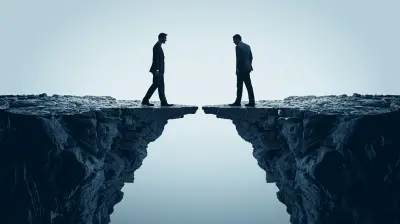Blockchain Technology: Transforming Transparency in the Supply Chain
26 May 2025
Have you ever stopped to think about how the products you use every day make their way to you? From the coffee you sip in the morning to the smartphone you can't live without, there’s an intricate web of processes and players that deliver these goods to your doorstep. But here’s the kicker: beneath the surface of this global supply chain lies a problem—opacity. Companies and consumers alike often have no clue what's happening between point A and point B. Enter blockchain technology, the game-changer that’s rewriting the transparency rulebook.
Sounds techy? Don’t worry; I’ll break it all down. Blockchain is more than just Bitcoin and cryptocurrency—it’s a transformational tool that the supply chain desperately needs. Sit tight as we uncover how blockchain is shaking things up and why it matters to businesses, consumers, and the planet.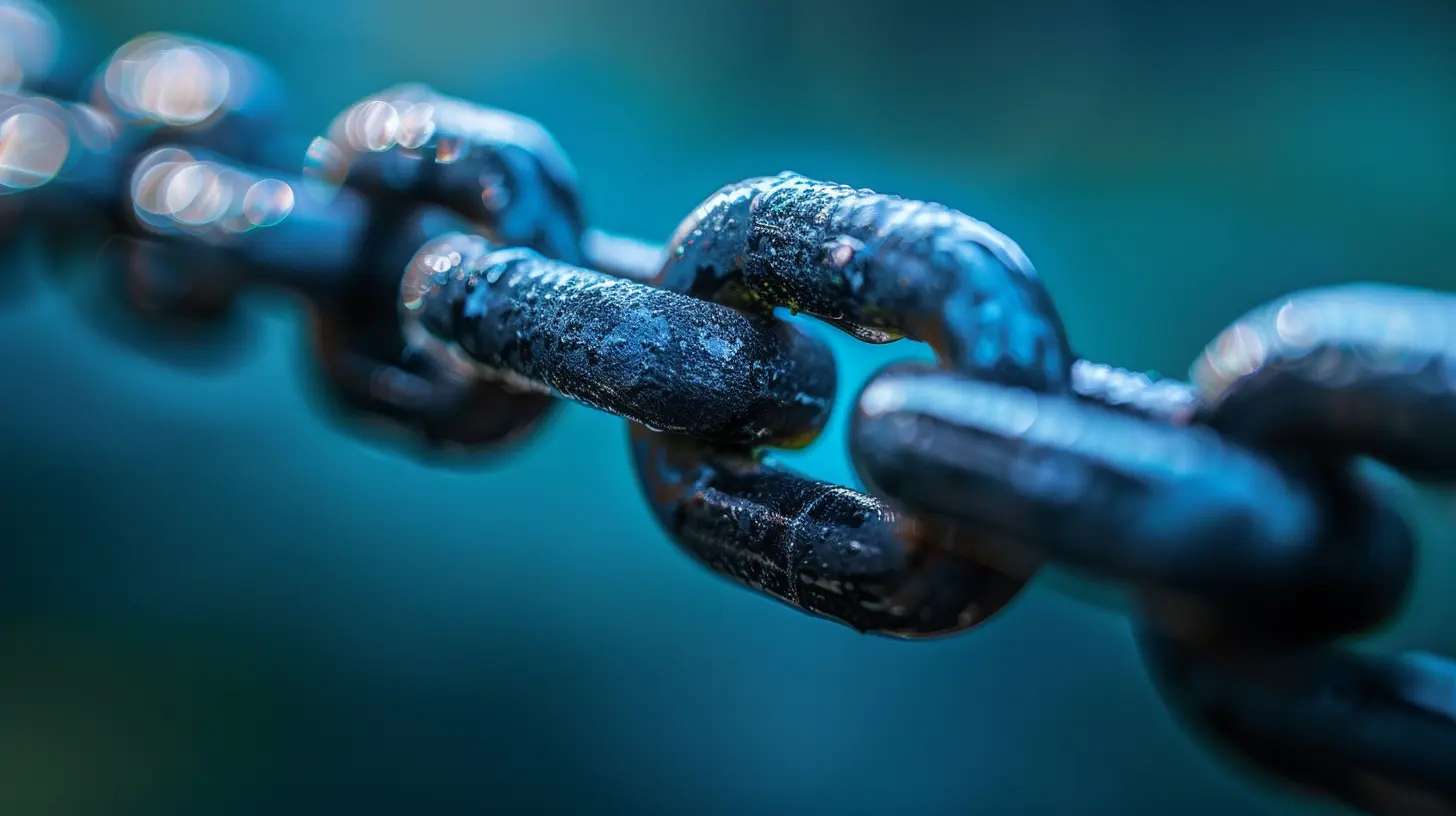
What Exactly Is Blockchain?
Before we dive into the nitty-gritty, let’s clear the air about blockchain. Think of it as a digital ledger or diary. But unlike the diary gathering dust under your pillow, this one’s decentralized, tamper-proof, and shared across multiple participants. In simple terms, blockchain is a system where data (or transactions) are stored in "blocks" that are connected like links in a chain. These blocks are immutable, meaning once something’s recorded, it’s almost impossible to alter without everyone knowing.Now, picture this transparency applied to supply chains. A world where every product tells its story, step by step, from raw materials to finished goods. Intriguing, right?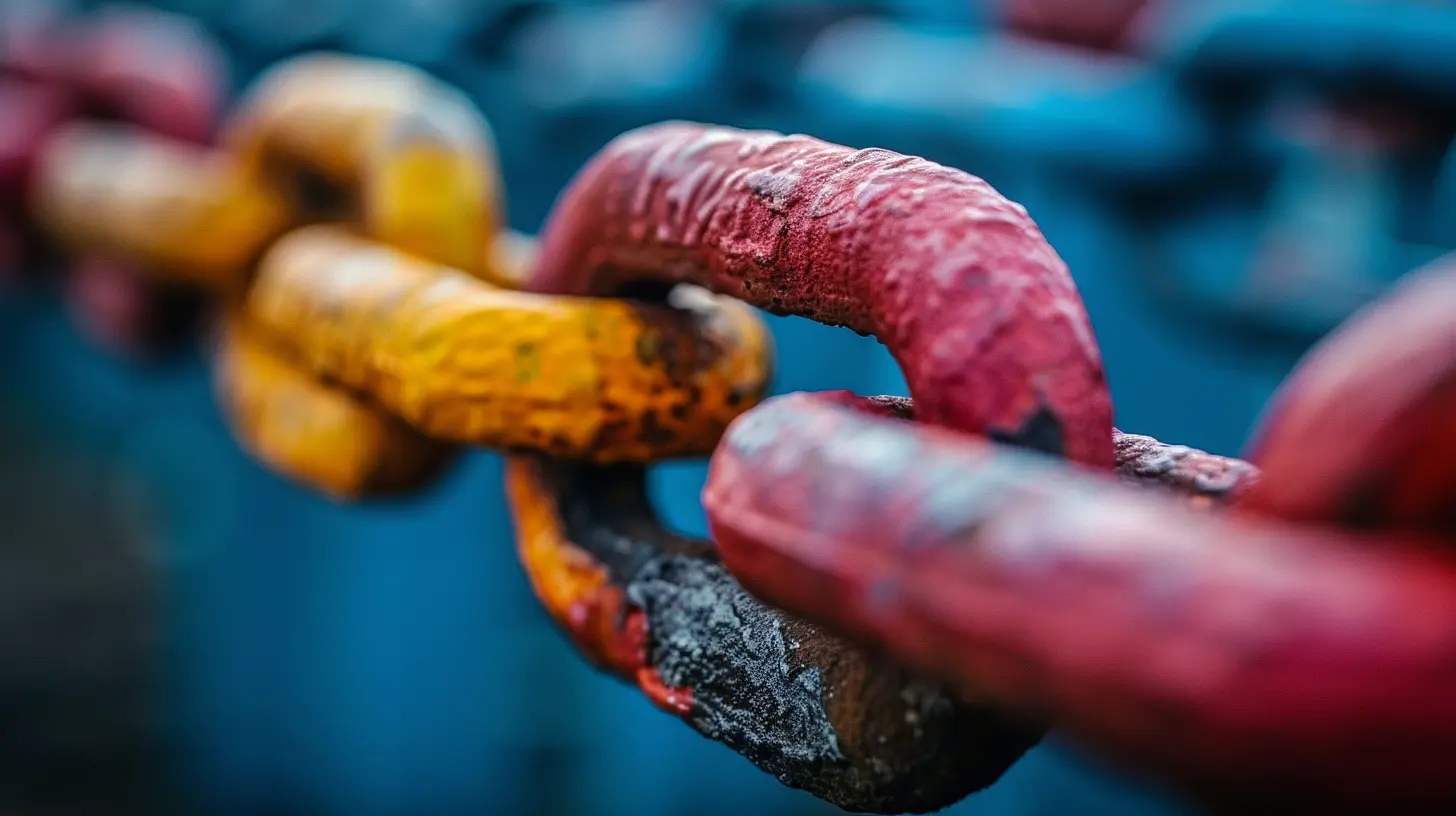
The Problem With Traditional Supply Chains
Let’s be real. Today’s supply chains are a mess. They’re big, they’re complex, and—let’s not sugarcoat it—they’re riddled with inefficiencies. Here are some of the most glaring issues that companies face:1. Lack of Transparency
You might think businesses know exactly where their products come from, but that’s often not the case. Information gets lost as it passes through layers of suppliers, distributors, and middlemen. It’s like a game of telephone—by the time the message (or product) gets to the end, it’s unrecognizable.2. Fraud and Counterfeiting
Did you know the global economy loses $4.2 trillion annually to counterfeit goods? Whether it’s fake luxury handbags or counterfeit medicine, traditional supply chains struggle to verify authenticity.3. Inefficient Processes
Supply chains are full of manual paperwork, delayed communications, and siloed systems. This inefficiency leads to wasted time, increased costs, and frustrated customers. Who wants that?4. Ethical and Environmental Concerns
Consumers increasingly want to know if their products are ethically sourced and environmentally friendly. Traditional supply chains make it hard to trace the origins of goods or assess their impact.If these problems sound like chaos, that's because they are. But this is where blockchain swoops in like a superhero with a cape. Let me show you how.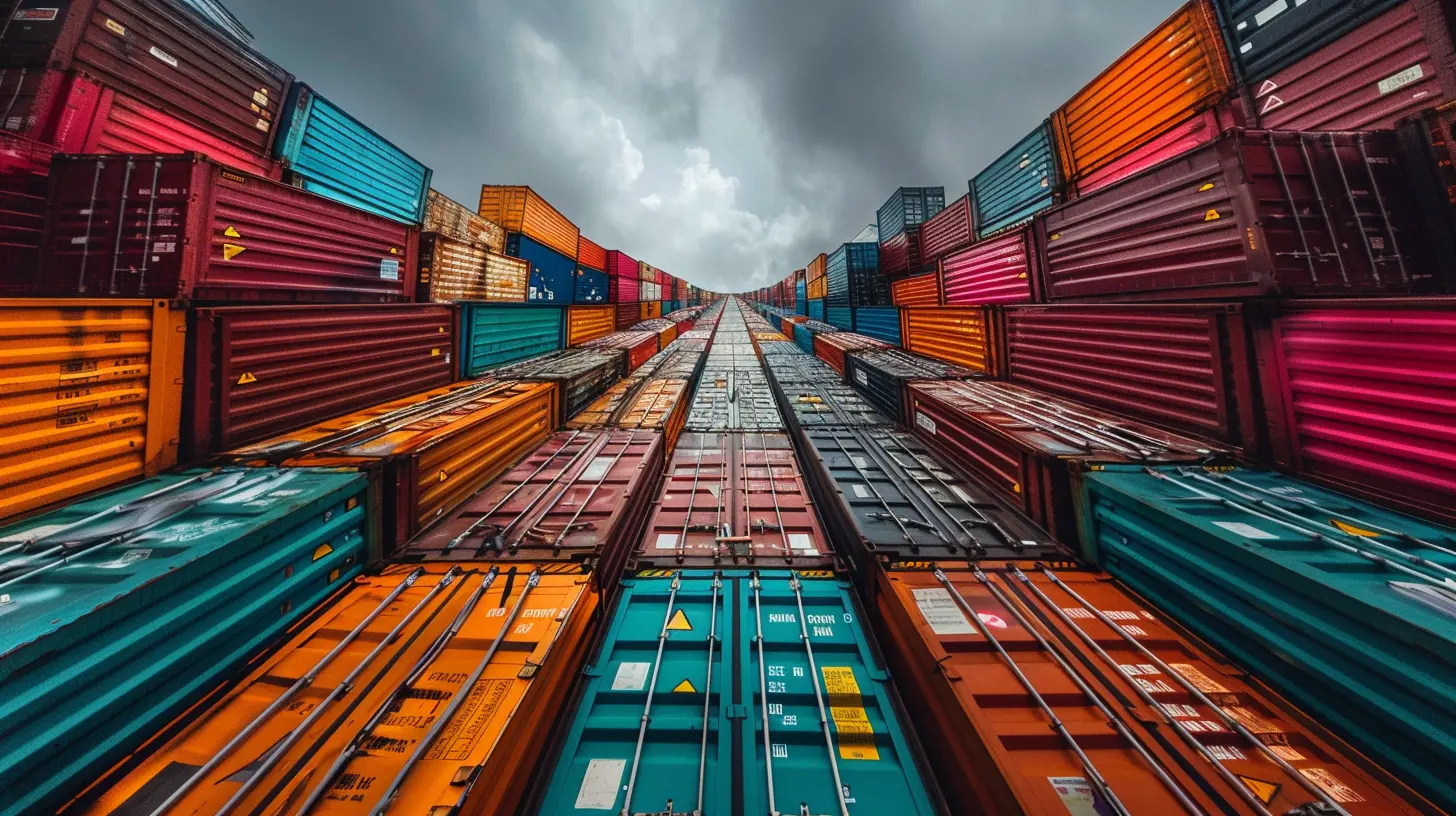
How Blockchain Brings Transparency to Supply Chains
Blockchain technology is the ultimate supply chain therapist. It uncovers the mess, sorts things out, and brings much-needed honesty to the whole operation. Here’s how:1. Real-Time Tracking
Blockchain allows businesses to track products in real time. Each step in the supply chain gets recorded as an entry in the blockchain. For example, imagine you’re a coffee lover who wants to know where your beans come from. Blockchain can trace them from the farm in Costa Rica to the roaster in your city, giving you a clear picture of their journey.2. Immutable Records
Worried that someone might fudge the data along the way? With blockchain, that’s nearly impossible. Every transaction is locked in and linked to the previous one, making it incredibly secure. No more shady business practices or he-said-she-said situations.3. Smart Contracts
Here’s a cool feature: blockchain uses smart contracts—automated agreements that trigger actions once conditions are met. For instance, a payment could be automatically released to a supplier once the shipment reaches its destination. It’s like putting your supply chain on autopilot.4. Authentication and Anti-Counterfeiting
Fake products? Not on blockchain’s watch. By tagging goods with unique codes or digital tokens, businesses can prove authenticity. Think of it as a digital fingerprint for every product.5. Ethical and Sustainable Practices
Blockchain doesn’t just improve efficiency; it lets companies uphold their values. Want to ensure that your diamonds are conflict-free or your clothing isn’t made in sweatshops? Blockchain can provide a verifiable paper trail of every step in the process. It’s like having an open diary for your supply chain.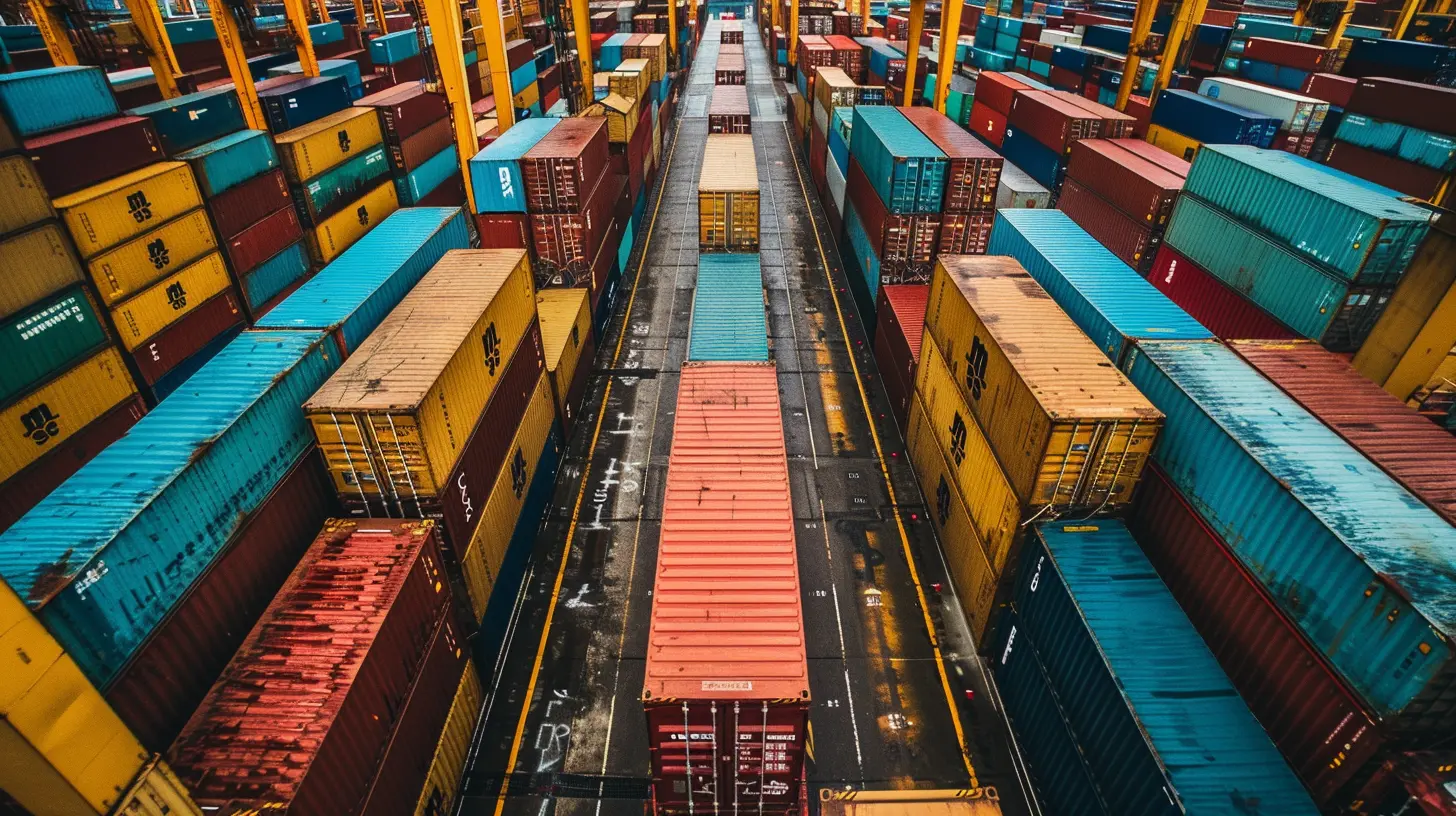
Real-World Examples of Blockchain in the Supply Chain
This might all sound futuristic, but the truth is, blockchain is already out there working its magic in supply chains worldwide. Let’s check out some examples:1. Walmart and Food Safety
Walmart, the retail giant, uses blockchain to track food from farm to shelf. Why? To improve food safety. In one instance, they reduced the time it took to trace the origin of mangoes from 7 days to just 2.2 seconds. That’s the difference between catching a contamination quickly and having a full-blown public health crisis.2. Everledger and Diamonds
Everledger uses blockchain to trace the journey of diamonds, ensuring they are ethically sourced and conflict-free. Each stone gets a profile on the blockchain, containing details like its origin, quality, and ownership history.3. Provenance in Fashion
Provenance, a blockchain-based platform, allows fashion brands to share the story behind their products. You can scan a QR code on a clothing tag and learn about the materials, the factory conditions, and even the environmental impact. Talk about leveling up consumer trust.Why Should Businesses Care?
If you’re a business owner or supply chain manager, you might be wondering, “What’s in it for me?” Fair question. Here are three reasons you should care about blockchain:1. Builds Trust
Consumers today demand transparency. They want to know they’re buying from a brand that’s ethical and accountable. Blockchain lets you provide that transparency, earning you their trust—and their dollars.2. Saves Time and Money
By automating processes and reducing paperwork, blockchain saves you time and money. No more chasing lost shipments or dealing with disputes over who’s at fault. Efficiency is the name of the game.3. Gives You a Competitive Edge
Let’s face it: the supply chain game is cutthroat. Adopting blockchain can set you apart from competitors who are still stuck in the analog world.The Challenges (Because Nothing’s Perfect)
Okay, so blockchain isn’t a magic wand. While it’s revolutionary, it’s not without its challenges. Here are a few hurdles businesses face when adopting it:1. Cost: Implementing blockchain technology can get pricey, especially for small businesses.
2. Complexity: Understanding and integrating blockchain into existing systems can be daunting.
3. Scalability: Blockchain systems sometimes struggle to handle large volumes of transactions quickly.
4. Regulation: Since it’s still relatively new, the legal landscape around blockchain is murky and evolving.
The Future of Blockchain in Supply Chains
So, what’s next? Blockchain isn’t just a trend; it’s here to stay. As technology evolves, we can expect it to become more accessible and scalable. More industries will adopt blockchain, and it’ll likely integrate with other innovations like IoT (Internet of Things) and AI to create smarter, more efficient supply chains.Imagine a future where you scan a QR code on a product and instantly know its entire journey—where it came from, who handled it, and what impact it had on the world. That’s not sci-fi. That’s blockchain.
Wrapping It Up
Blockchain technology is more than just a buzzword; it’s a game-changer for supply chain transparency. From tracking goods in real-time to promoting ethical sourcing, it’s reshaping how companies and consumers interact with products. Sure, there are challenges to overcome, but the benefits far outweigh the hurdles.As businesses, we have a choice: stick with the status quo or embrace a smarter, more transparent future. If you ask me, the choice is clear.
all images in this post were generated using AI tools
Category:
Supply Chain ManagementAuthor:

Remington McClain
Discussion
rate this article
3 comments
Tempra Sheppard
Great article! Blockchain truly revolutionizes supply chain transparency, enhancing trust and efficiency. Excited to see how this technology continues to evolve and improve global commerce!
June 3, 2025 at 3:01 AM

Remington McClain
Thank you! I'm glad you found the article insightful. Exciting times ahead for blockchain in supply chains!
Carmen Tucker
Great insights on how blockchain technology is reshaping supply chain transparency! It’s exciting to see how this innovation not only enhances trust among stakeholders but also streamlines operations. Embracing these advancements will surely lead to more efficient and accountable supply chains. Keep up the fantastic work in exploring this vital topic!
May 31, 2025 at 2:52 AM

Remington McClain
Thank you for your kind words! I’m glad you found the insights valuable—exciting times lie ahead for supply chain transparency!
Rayna Jimenez
Great insights on blockchain's impact on supply chain transparency! This technology truly has the potential to enhance trust and efficiency in numerous industries.
May 30, 2025 at 3:04 AM

Remington McClain
Thank you for your feedback! I'm glad you found the insights valuable. Blockchain indeed holds great promise for improving transparency and trust in supply chains.



